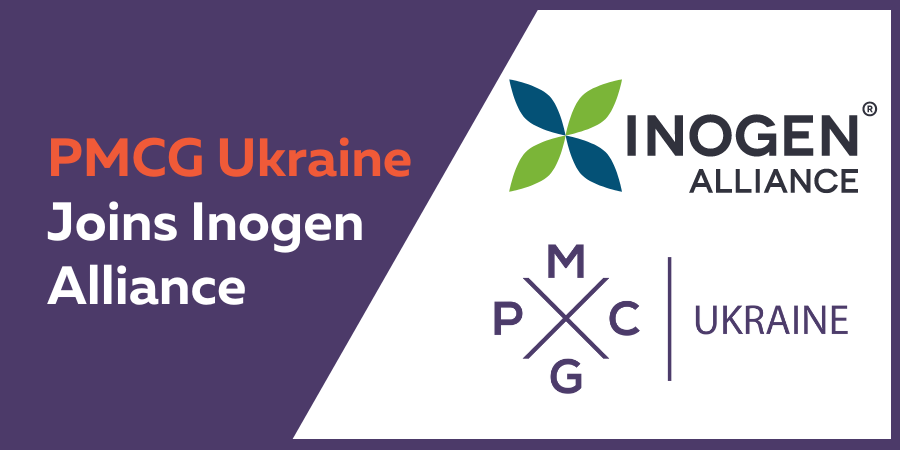Modernizing Solid Waste Management for a Greener Future


Interview with Director of the Solid Waste Management Company of Georgia (SWMCG) Giorgi Shukhoshvili
Giorgi Shukhoshvili, Director of the Solid Waste Management Company of Georgia, carries a wealth of expertise in infrastructure and environmental management.
Notably, Shukhoshvili leads the SWMCG’s projects in Georgia, some of which are managed/implemented by PMCG, including the “Integrated Solid Waste Management Programme in Selected Regions in Georgia” as well the “Kvemo Kartli Solid Waste Management Project.”
In the latter, PMCG, as part of a consortium led by HPC AG / Paseco, is involved in the ongoing construction of one of the first EU-compliant landfills in the South Caucasus region, funded by EBRD.
Once completed in the Kvemo Kartli region, this will set a high standard for Georgia and its neighboring countries. Furthermore, it will provide around 300,000 residents with enhanced municipal waste services and a cleaner environment in which to live.
To tap into the vast knowledge acquired in his two-and-half decade career to date spanning public and private sectors, we sat down with Giorgi for an interview, where we focused exclusively on the new landfill project currently underway in southern Georgia.
Q: What are the current waste management practices in the Kvemo Kartli region? What are the main challenges to be overcome there in the ongoing project?
In Georgia, including Kvemo Kartli region, the situation at old landfills has improved significantly over the past decade. However, numerous challenges remain. Crucially, waste collection and disposal services need to be enhanced to ensure accessibility for all residents. Furthermore, transitioning to separate waste collection of different waste streams, which is mandated by Georgian legislation and aligns with European standards, is crucial.
Q: What is significant about constructing a new regional non-hazardous waste disposal facility in line with Georgian and international (EU) standards for the region and its inhabitants?
Ensuring safe waste disposal in the region is paramount. That’s why the new regional non-hazardous waste disposal facility and waste transfer stations are being built. They will create an integrated system, improving logistics and transportation efficiency. Moreover, the facility will comply fully with standards to protect groundwater, air, and soil. Elsewhere, old landfills in the region will be closed, facilitating the transition to a modern waste management system.
Q: What are the goals and objectives of the project in terms of waste management and environmental impact?
Project objective is to establish a modern, integrated waste management system aimed at reducing the environmental impact of waste and protecting biodiversity. In addition, waste collection will be optimized (i.e. waste collection services will be accessible to all residents). Uncontrolled waste disposal in dumpsites will be eliminated, and waste transportation will become more organized. In the future, by promoting Separate collection and recycling practices, less waste will be directed to the new facility, thereby extending its operational lifespan. Importantly, the establishment of a new regional non-hazardous waste disposal facility and a network of waste transfer stations will significantly enhance both the ecological conditions and the quality of life for the region’s population.
Q: What technologies or methodologies/standards are being used to construct the new facility to improve its functionality and/or environmental sustainability?
The new regional non-hazardous waste disposal facility is being constructed in accordance with international standards and Georgian legislation. This ensures environmental protection measures both during the process of selecting the facility’s location and throughout all important stages of construction.
To safeguard soil and groundwater, the facility will feature upper and lower insulation layers and multi-layer drainage systems. Moreover, to prevent the dispersion of odors and small waste particles, waste in the active cell will be covered daily with an insulating waterproof clay layer, and a gas collection system will be installed. Meanwhile, leachate will be purified through a high-tech reverse osmosis system.
Q: What opportunities exist within this landfill project for innovation or sustainability initiatives, such as renewable energy generation or waste-to-energy technologies?
In the future, once a sufficient amount of waste has been accumulated at the new facility, it will be possible to convert the generated gases into electricity, which can then be utilized for facility operations and/or sold.











